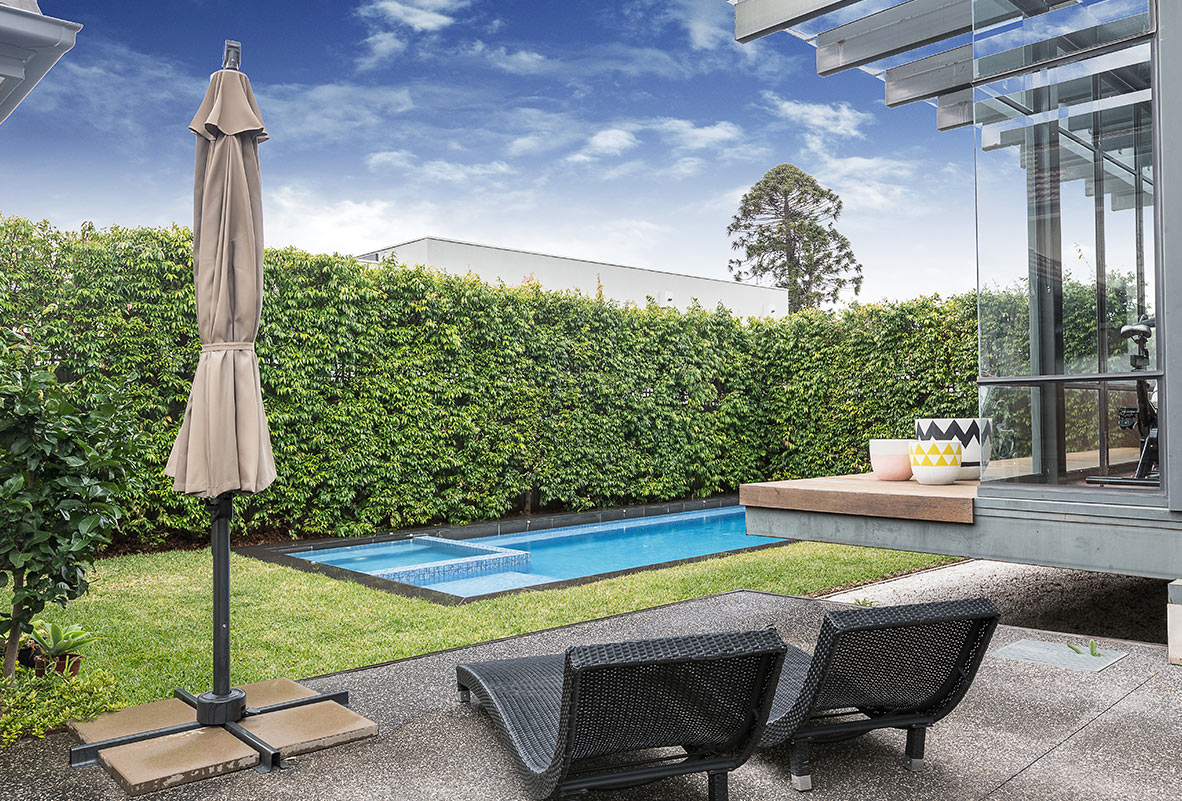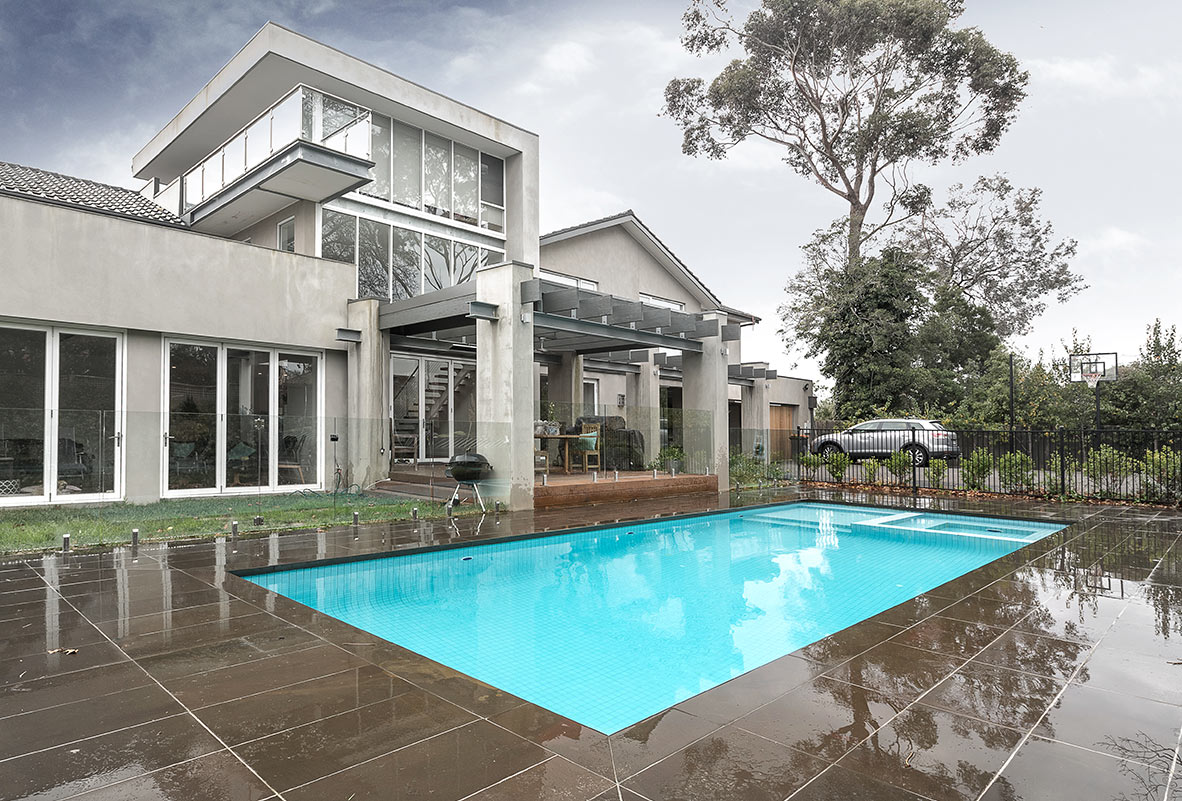Top Ten Concrete Pool Problems and How You Can Avoid Them
As much as we would all love a pool in our backyards, there are certain problems that can dampen that dream. If you’ve already got a concrete pool, and you’re beginning to notice some issues, we recommend addressing them as soon as possible so that you’re not left with a giant expense down the track. In no particular order, these are the top ten problems you’ll need to keep an eye out for.

- Cracks
Anything that’s made of concrete can crack under certain weather conditions, and your pool is no different. The only problem is, this can cause more of an issue, as water can leak through and cause significant damage to the structure. This is usually the result of poor design or construction, so you should take care to find an expert pool builder to ensure this doesn’t happen to you.
- Sinking and Shifting
Because everything moves with the changing of the seasons, it’s important that the ground it’s installed on has unified movement. This will stop your from being pulled in two different directions. This can result in the cracking that we’ve mentioned earlier, so make sure you use a qualified and knowledgeable builder.
- Delaminating Tiles
When a tile or paver becomes loose or unbonded, it’s called delamination. It’s easy to tell if your waterline tiles are becoming delaminated – simply run a hammer lightly over the tiles and if it sounds hollow, it’s a problem. Remove and replace the problem area now to avoid it coming off in the future.
- Cracked Tiles
Cracked tiles can lead to all sorts of problems – such as bacteria growth and chips of tile coming off while you’re swimming – so, just like with delamination, it’s best to replace them as soon as you notice them!
- Rough to touch
Though you’d expect a certain level of roughness from your , eventually it may reach an unacceptable level, usually caused by rising PH, delamination, or poor environmental conditions. If your surface feels rougher than 200 grit sandpaper, you need to get a new plaster layer immediately.
- Scaling
The wrong balance of chemicals can lead to scaling – a build-up of calcium deposits or other minerals. Brush the pool walls regularly and ensure the chemical levels are correct.
- Plumbing Leaks
This is obviously a major problem. If leaks are occurring, you’ll have to drain the pool, and tear out the section where it’s happening. We recommend pressure testing the plumbing before filling the pool to ensure its installed correctly.
- Spalling
This is when thin layers of plaster pop off from the surface, usually from the bottom side. This is usually due to problems while trowelling, and you’ll need to grind the area back and potentially replaster it.
- Discolouration
Plaster and concrete is porous, so your is susceptible to stains. If you notice any, they could be caused by improperly installed waterline, poor trowelling, too slow pool filling process, or a chemical imbalance.
- Craze Cracks
This is light surface cracking, and is likely caused by shrinkage over the years. While they aren’t causing any problems at the moment, they definitely can in the future. Keep an eye on it and consider replastering sooner rather than later.

Your concrete pool is one of the biggest assets in your home – but only if it’s looked after correctly. Call us today for a free estimate to ensure your pool looks it’s best for many years to come.